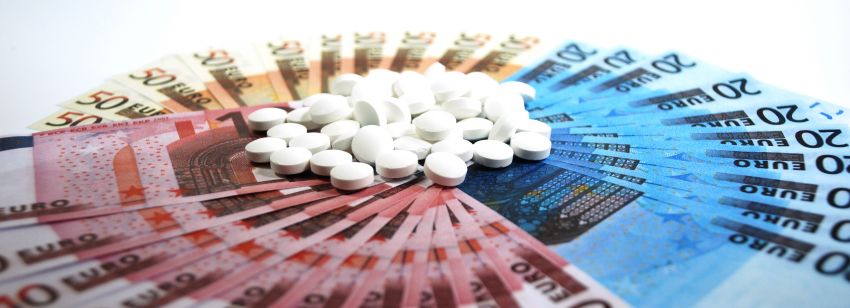When the German healthcare system seems overwhelmed – Performance of the most expensive pharmaceuticals in the German HTA (AMNOG)-Procedure
For further discussion about the performance of the most expensive pharmaceuticals in the German HTA (AMNOG)-procedure , we would like to invite you to our chat at the Virtual ISPOR Europe 2020 conference on Monday, 16 November 2020, 4.30 pm – 6.00 pm.
In 2011, the German Act on the Reform of the Market for Medicinal Products (AMNOG) law was introduced to regulate the pharmaceutical market. This law led to drastic changes in the costs of pharmaceutical drugs in Germany, which are now even lower than the European average. Although prices of pharmaceutical products in Germany have been significantly reduced, there is still a small segment of extremely high-priced drugs with annual therapy costs (ATC) > 300.000 € that is continuously growing and posing a considerable financial burden on the Statutory Health Insurance (SHI). An analysis of early benefit assessments from 2011 until June 2020 in Germany showed that there is currently a total of 22 high-priced pharmaceutical drugs available on the German market. The ATC of these drugs vary between 309.400 € and 3.698.323 €. Without considering patient subgroups, ZyntegloTM indicated for the treatment of transfusion-dependent β-thalassemia with costs of 1.874.250 € is currently the most expensive drug in Germany. However, when taking patient subgroups into account, Kanuma® with costs of 3.698.323 € is the most expensive drug, which is indicated for the treatment of infants with rapidly progressive lysosomal acid lipase deficiency.
The most targeted therapeutic fields of these expensive drugs covering 77 % of the products included metabolic diseases and hematology. Furthermore, 77 % of all high-priced pharmaceutical products were orphan drugs. These expensive drugs possess advanced and innovative mechanisms of action including recombinant protein (58 %), gene therapy (23 %), monoclonal antibody (12 %), and synthetic nucleic acid (8 %). An investigation of the price rebate demonstrated a correlation, although weak, between the added benefit category and the negotiated rebate. A trend was observed showing that a better added benefit category was associated with a lower price rebate. The total budget impact of high-priced pharmaceuticals reached a peak in 2016 approximating 6 billion euros. However, since then, this budget impact has decreased. Nonetheless, the economic burden of these products is substantial, greatly impacting the German healthcare system. It remains unclear if the costs of these innovative products are proportional to their health benefits and how the SHI plans to deal with the issue of this ever-growing niche.
